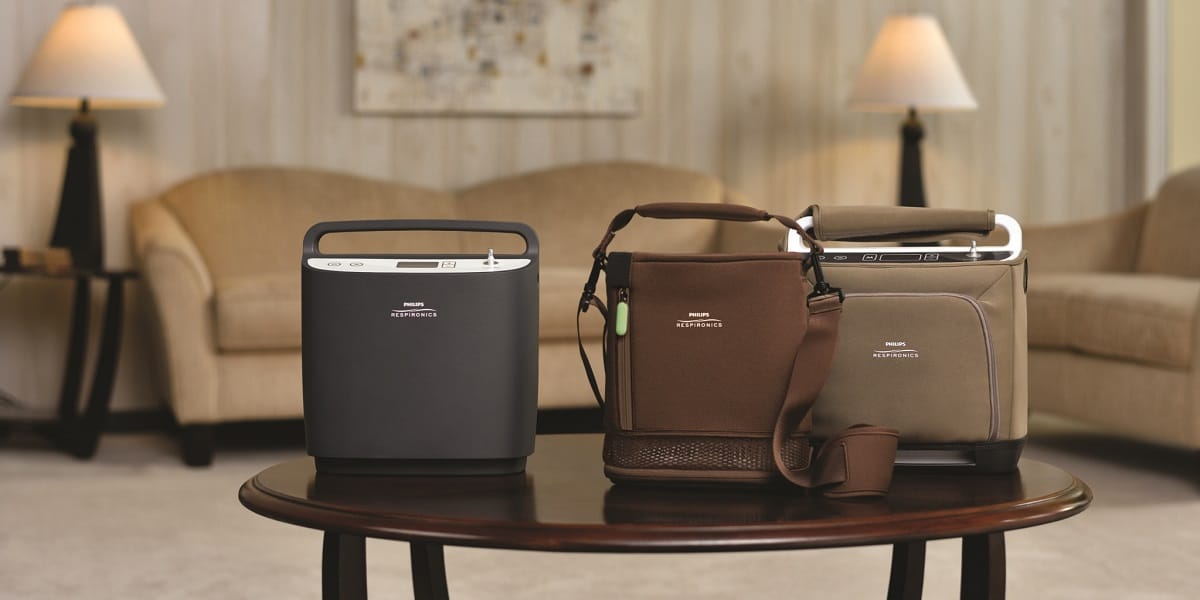
Do you have any questions concerning portable oxygen concentrators? We’ve got the most detailed information on portable oxygen concentrators and are here to help you know what you need to look for on your next purchase.
If you or your loved one are on oxygen therapy, then you probably know your way around oxygen concentrators. However, if you don't happen to have any prior knowledge, you shouldn't worry. If you've never purchased a portable oxygen concentrator before then, you're probably trying to find a good starting point.
What is an Oxygen Concentrator?
Oxygen concentrators are devices that deliver Oxygen to individuals who have low oxygen concentrations in their blood due to breathing-related disorders. Oxygen concentrators take in the surrounding air and filter it to get rid of any impurities.
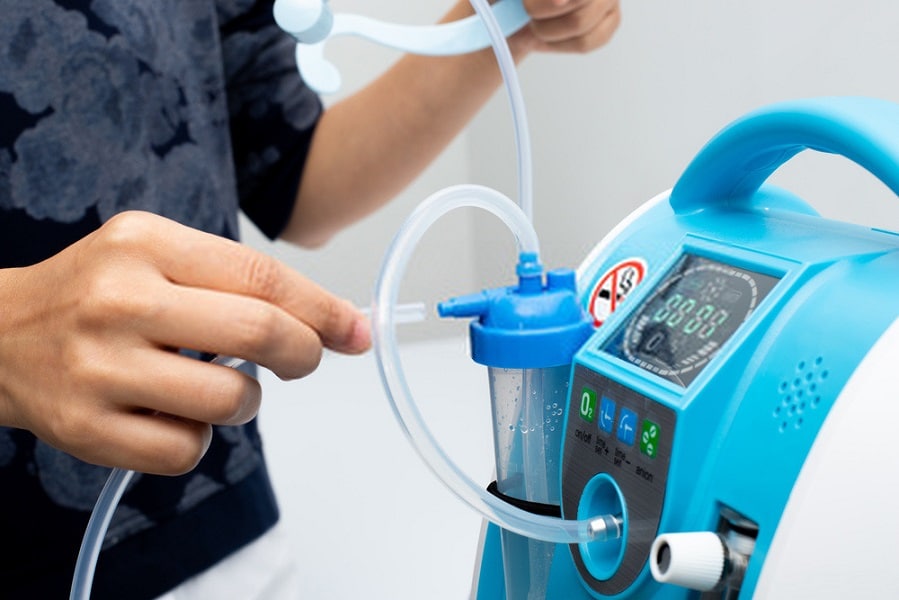
The concentrator then compresses the air to the required density and delivers it to the patients through their nose in pulses or continuous streams. The machine is also equipped with filters and sieve beds that help remove Nitrogen from the air to ensure the patient receives completely purified Oxygen.
Types of Oxygen Concentrators
Stationary oxygen concentrators
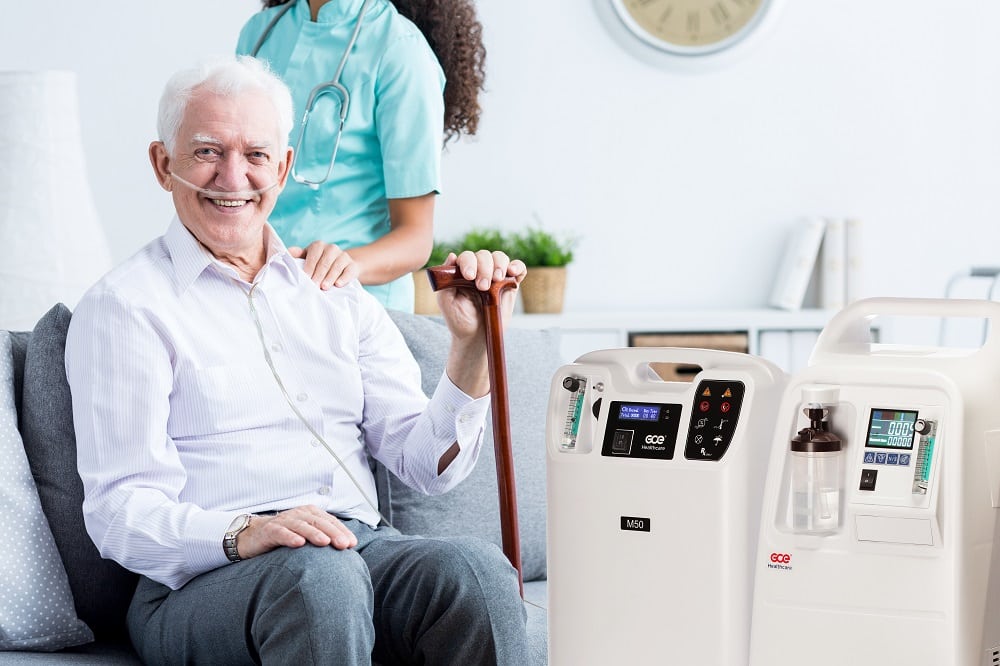
Stationary oxygen concentrators are often small but not small enough to be considered portable. However, they do have wheels on their bases that help facilitate room to room movement.
Portable Oxygen concentrators
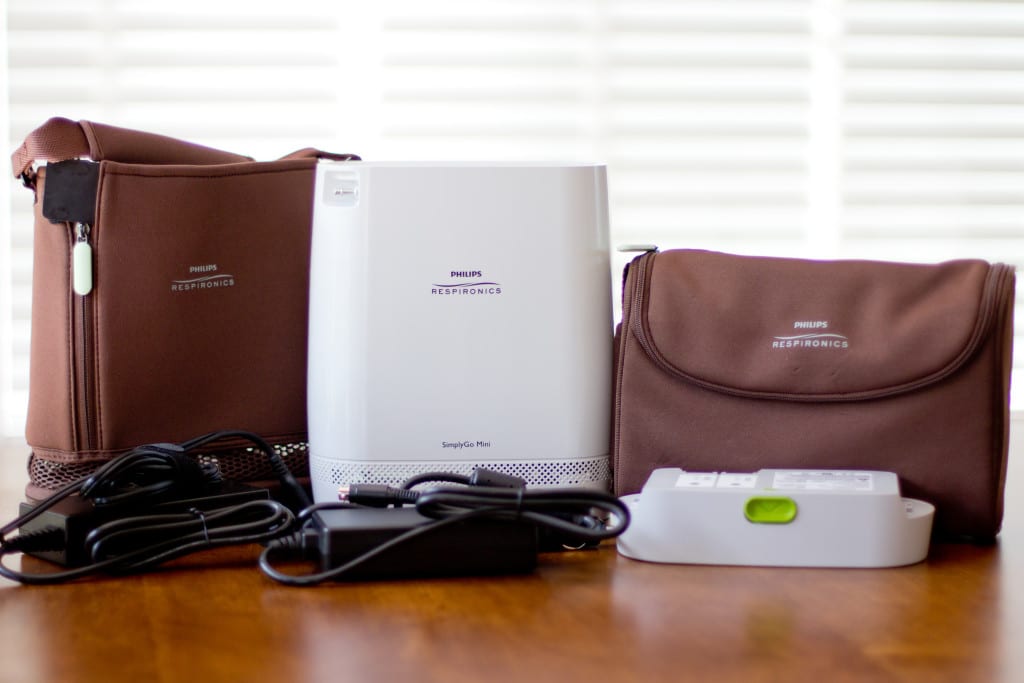
Portable oxygen concentrators have been designed to be lightweight and easy to move around. Such designs are meant to give the patient freedom and mobility, while at the same time ensuring that their respiratory needs are met.
Types of portable Oxygen concentrators
Portable Oxygen concentrators come in two types; continuous flow Oxygen concentrators and intermittent flow Oxygen concentrators, also known as pulse flow oxygen concentrators. The two types of oxygen supplies are often likened to a fountain and a straw.

Continuous flow oxygen concentrators are more the fountain. Once you turn it on, the water doesn't stop flowing. Pulse flow oxygen concentrators, on the other hand, are more like drinking from straws. The water only comes up when you pull at it.
These two types of oxygen concentrators are very different, and they have varying capabilities and limitations that set them apart. The two types of oxygen concentrators serve various patients in different ways.
This means that, while pulse flow concentrators can serve a particular category of patients well, they might not enjoy the same benefits from continuous flow oxygen concentrators.
Continuous flow oxygen concentrators
Continuous flow oxygen concentrators supply Oxygen at the same uninterrupted, but specified liters per minute (LPM), regardless of your rate of breathing. Most home and stationary oxygen concentrators use this type of oxygen delivery to supply Oxygen to the patients.
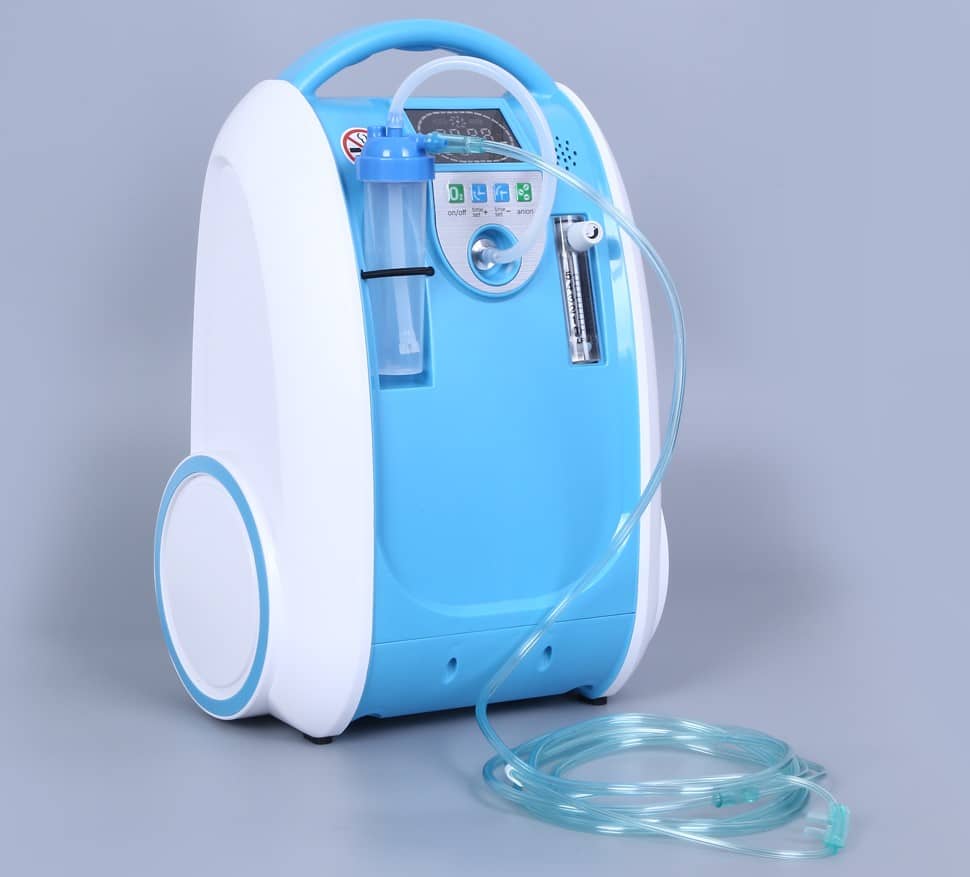
However, this delivery system wastes a lot of Oxygen because of the constant oxygen supply. To prevent this, you need to get yourself an Oxymiser pendant to help you reduce oxygen costs by 75% on continuous flow oxygen concentrators.
It works by regulating oxygen flow, giving you well-timed oxygen doses, just like pulse flow oxygen concentrators, which helps ration the amount of Oxygen used.
Is a continuous flow Oxygen concentrator right for me?
Continuous flow oxygen concentrators work best for people who lead a more relaxed lifestyle. These Oxygen concentrators are best suited for people who don't experience many episodes involving rapid breathing.
Continuous flow oxygen concentrators are also a better option for patients with respiratory cases like sleep apnea, causing them to take shallow breaths at night. When patients with chronic respiratory issues or sleep apnea sleep, their airway collapses, making it hard for them to sleep.
Continuous flow oxygen concentrators are the best option for these patients since they supply a steady flow of Oxygen, which ensures that the patient gets the amount of Oxygen they need as they are asleep.
The other reason why continuous flow oxygen concentrators are suitable is that pulse flow oxygen concentrators have a feature that detects when a patient’s breathing is shallow and triggers an alarm, consequently waking them up several times a night, which can be unpleasant.
Disadvantages of continuous flow oxygen concentrators
They are bulky
While these types of concentrators have their advantages, their biggest downside may be their bulk. Most continuous flow concentrators weigh between ten to twenty pounds, making mobility harder for the user.
Taking public transportation with these concentrators can be frustrating. Taking a flight with the devices is significantly more challenging because of how you'll need to store them, especially with the limited legroom.
Most people prefer to pull them along in a wheeled cart, making the whole process much more bearable.
They have limited battery life.
Most continuous flow oxygen concentrators have an average battery life of between one to ten hours. You may think that this is a lot of time, but the moment you get out of the house and start running your daily trips is when you realize that ten hours is not such a long time.
You could carry a bag of back up batteries with you that you might use as replacements whenever the other ones die. However, this means that you'll have to make regular stops to check and change the batteries. You’ll also be carrying with you an extra load of weight, which may be exhausting after a long day.
Note: You should only choose this oxygen concentrator if you don’t do a lot both in and out of the house since moving it around with you the whole time can be a bit exhausting. The continuous oxygen supply also means that the device is better used for patients with severe breathing complications.
Pulse Flow(dose) Oxygen Concentrators
This oxygen delivery type is a relatively new technology that supplies the patient with Oxygen whenever they inhale through a pulse flow. Their design allows them to detect a change of pressure in the patient’s nasal canal that triggers the mechanism which administers a precisely timed oxygen dosage.
Why are these concentrators better?
They are more technologically advanced.
The first thing you'll notice about these types of machines is their complexity. They offer essential features, such as programs that monitor and track important information on your oxygen usage, including the amount of Oxygen you've used, your oxygen flow settings, and so much more.
It connects the patient to their doctor wirelessly through data transfer technology.
Some pulse flow oxygen concentrators have the technology that can be used to transfer the patient’s data to the manufacturers and also with the doctors. Doing this helps monitor the patient’s progress by recording their oxygen use.
This feature is very beneficial since the data collected could help doctors gain more insight into their patient's health and monitor their progress and learn how they can help them get better.
They are small and lightweight- 5 pounds.
These types of oxygen concentrators are small and lightweight, which makes them extremely portable. They offer a better advantage in terms of where and how far you can go without feeling weighted down.
Pulse dose oxygen concentrators also use very little power compared to continuous flow concentrators. They use Lithium-ion batteries to power their functions. They have a longer battery life, which is the other reason that makes them great for people who like to move around more.
Have a more efficient oxygen supply
The pulsated oxygen supply feature ensures efficiency since the Oxygen is supplied only when the patient inhales. This feature prevents any ‘wastage’ of Oxygen, which is why manufacturers can make them smaller and lighter.
Conclusion
Most of the time, a doctor's prescription for oxygen therapy doesn't always come with a specification that indicates the type of oxygen concentrator the patient needs. In case this happens, you should consult with a doctor before purchasing either type of oxygen concentrators.
Although they are both portable, buying the wrong concentrator can do you more harm in the end. When choosing your machine, only pick one after careful consideration, having carefully weighed all your options.
Portable oxygen concentrators are a medical miracle that has helped several people affected by respiratory conditions to enjoy more from life. The constant improvements have made the process easier and more accessible to patients across the globe.
Their portability plays a significant role since they've become small enough to be carried around by patients who still get to do their previously enjoyed activities. Take your time and choose the right portable oxygen protector that'll serve you right so that you can be able to enjoy its full benefits.










